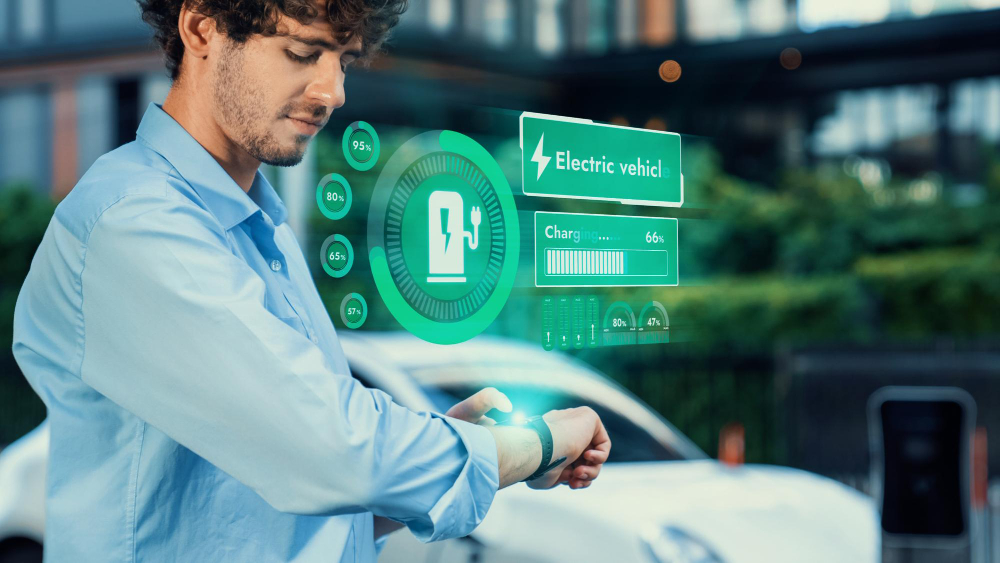With the electric-mobility wave gaining speed in India, both the central and state governments are rolling out subsidies, tax incentives and regulatory support to boost EV charging infrastructure and adoption. For businesses and homeowners looking to install EV chargers, understanding these policies can significantly improve ROI, reduce costs, and optimise your setup.
Key Central Policies & Incentives
1. PM E‑DRIVE (PM Electric Drive Revolution in Innovative Vehicle Enhancement)
Launched around October 2024, this scheme succeeds earlier programmes like FAME II and is aligned through March 2026 for two- and three-wheelers, and longer for buses/trucks.
electricbikeindia.com
+2
DhanMahotsav
+2
Offers direct subsidies for electric vehicles (e-2W, e-3W, buses) and also for charging infrastructure.
askautoexpert.com
+2
evblogs.in
+2
Example: For e-2W, a subsidy of ~ ₹ 5,000 per kWh battery capacity in FY 2024-25, and reducing to ~ ₹ 2,500 per kWh in FY 2025-26.
DhanMahotsav
Infrastructure push: New charger network targets are included.
evblogs.in
+1
2. FAME II (Extended)
Although the original scheme launched earlier, its benefits persist into 2025 with extensions and additional funding for charging infrastructure.
evblogs.in
+1
Supports both demand (vehicle purchase) and supply side (charging station setup).
3. Tax, Duty & Regulatory Support
GST on EVs and EV chargers has been reduced (e.g., chargers and infrastructure getting a lower GST slab).
Makhanlal University
+1
“EV charging” has been declared a de-licensed activity to ease rollout of charging stations.
askautoexpert.com
State-level Policies & Infrastructure Incentives
Each Indian state has its own EV policy layer — for charger setup, parking mandates, consumer subsidies, etc. Here are some notable ones:
In Delhi: Buyer subsidies like ~ ₹ 5,000 per kWh for e-2W (with caps) and waivers of registration/road tax for EVs.
evdrivepulse.com
+1
In Gujarat: Subsidy of ~ ₹ 10,000 per kWh (max ~₹1.5 lakh) plus infrastructure incentives.
evdrivepulse.com
+1
In Maharashtra: Policy includes heavy incentives for charger installation, road-tax/registration waivers, toll exemptions for EVs on expressways.
The Times of India
In Madhya Pradesh: Example state policy for charging stations: capital subsidy of ~30% of equipment value for first several hundred stations.
static.investindia.gov.in
What This Means for EV Charger Installations
For CharzeUp and your customers (homeowners, corporate offices, flats, fleets), these policies translate into actionable benefits:
Lower installation cost: Infrastructure subsidies reduce upfront capex for setting up charging stations.
Faster ROI: With government support, payback periods shorten since you have lower entry cost and possibly priority access incentives or feeders.
Competitive advantage: For commercial/residential building clients, mentioning policy support becomes a value-proposition (e.g., “eligible for 30% subsidy on charger equipment in Madhya Pradesh”).
Better compliance and future-proofing: Many state policies mandate EV-charging readiness in new buildings or parking — offering your service as a “policy-compliant installation” becomes a strong selling point.
evblogs.in
+1
Strategic location advantage: Businesses installing public or semi-public charging infrastructure may access additional benefits (state subsidies + central schemes) for highway / public-access locations.
Summary (Key Takeaways)
The Indian government in 2025 is strongly supporting EV adoption — both vehicle-side and charging infrastructure.
Central schemes like PM E-DRIVE and extended FAME II cover subsidies for vehicles & chargers.
State-policies vary widely — best to check local policy specifics for your city/state.
For charger installations, subsidies for equipment (capital subsidy) + duty/tax benefits + mandated EV-readiness rules offer strong value.
For CharzeUp’s business: emphasise these policy advantages in your service pitch and proposal to clients.
